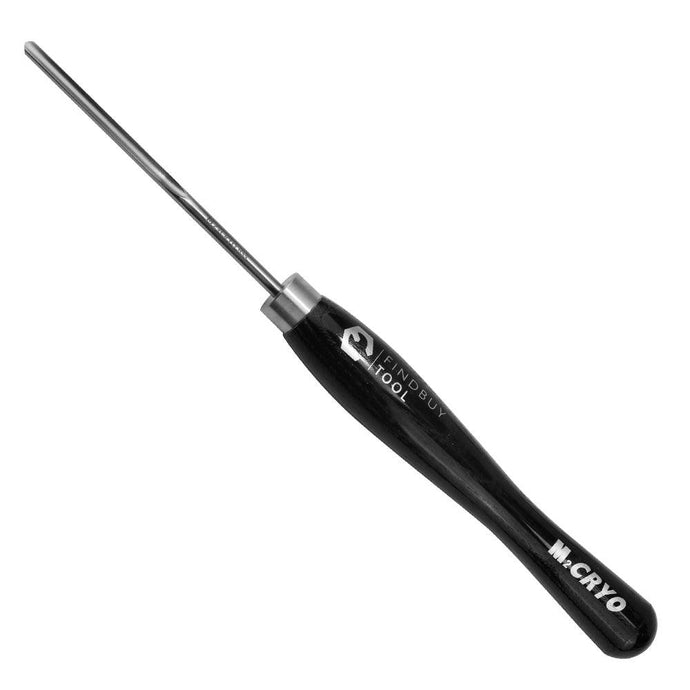Exploring the Role of Tools in Woodturning: Use a Spindle Gouge for Roughing
In the world of woodturning, the tools you choose are integral to the outcome of your project. Each tool is designed for a specific purpose, and using the wrong tool can lead to challenges, inefficiency, or even damage to the workpiece or tool. Among these, the spindle gouge is often a topic of discussion, particularly around whether it can be used for roughing. Understanding the distinctions between various gouges and their roles in the woodturning process is essential for achieving precision, control, and safety. While the spindle gouge is a versatile tool, its design and purpose make it ill-suited for roughing, a task that is better handled by other tools specifically designed for that purpose.
A spindle gouge is typically used for more delicate work, such as shaping and detailing on a spindle or cylindrical piece of wood. Its defining characteristic is its shallow flute and rounded edge, which allows for smooth, flowing cuts. The spindle gouge is ideal for creating beads, coves, and other decorative details. It excels at turning between centers, shaping the surface of a spindle into intricate designs with grace and precision. The control and finesse offered by a spindle gouge make it perfect for finishing touches or shaping when working with softer, more manageable materials. However, these characteristics also highlight why the spindle gouge is not suited for roughing.
Roughing is a more aggressive stage in the woodturning process, where large amounts of material are removed to bring a roughly cut piece of wood closer to the desired shape. This phase typically involves working with wood that is still uneven, square, or rough around the edges, often with bark or imperfections that need to be removed. Roughing gouges, also known as roughing-out gouges, are specifically designed for this task. They have deep, wide flutes and thick, robust steel to withstand the high forces and stresses involved in quickly removing material. The cutting edge on a roughing gouge is often a more substantial curve, which provides the strength needed to handle irregular surfaces without chipping or breaking.
When attempting to use a spindle gouge for roughing, several challenges arise. Firstly, the shallow flute and thinner steel of the spindle gouge are not built to handle the intense forces generated during roughing. The thin edge can catch on the wood, leading to dangerous catches or even snapping the tool. The spindle gouge's design prioritizes control over aggression, meaning it lacks the structural integrity necessary for the heavy cutting associated with roughing. This not only increases the risk of damaging the tool but also compromises the safety of the woodturner. Using the right tool for the right job is critical in woodturning, and in this case, a roughing gouge provides the strength and stability required for removing large amounts of material safely and effectively.
In addition to safety concerns, using a spindle gouge for roughing can also hinder the quality and efficiency of the work. Roughing requires rapid material removal, and a spindle gouge's narrow cutting edge simply isn't designed for this type of work. The tool will likely struggle to cut deep enough into the wood, slowing the process and increasing the chance of tool marks, chatter, or uneven surfaces. A roughing gouge, with its wide, robust edge, can make broad, sweeping cuts that remove large amounts of material with each pass, making it far more efficient for roughing tasks.
The importance of using the correct tool in each stage of woodturning cannot be overstated. The spindle gouge is invaluable when it comes to refining shapes and adding details, but it simply cannot match the power and durability of a roughing gouge during the early stages of turning. The specialized design of each tool allows woodturners to move through the process smoothly, transitioning from rough shaping to fine detailing without overloading or misusing any particular tool. This not only protects the integrity of the tools but also results in a more polished and professional finish on the final piece.
Woodturning, like any craft, requires an understanding of the tools and techniques that best suit each stage of the process. Using a spindle gouge for its intended purpose - shaping, detailing, and refining - is key to achieving the elegant curves and intricate designs that make woodturning so rewarding. Roughing, on the other hand, is about preparing the wood and bringing it into a manageable shape, which is why a roughing gouge, with its durability and broad cutting edge, is the ideal choice for that task. The specialization of each tool plays a crucial role in ensuring both the safety of the turner and the success of the project.
In conclusion, while the spindle gouge is an incredibly versatile and indispensable tool for shaping and finishing, it is not designed for the roughing phase of woodturning. Roughing requires a tool built for strength and endurance, which is where the roughing gouge excels. Using the appropriate tools at each stage not only maximizes efficiency but also ensures the safety and longevity of your tools. By understanding the distinct roles that each gouge plays in the process, woodturners can enjoy smoother workflows and create more refined, beautiful pieces with confidence.
